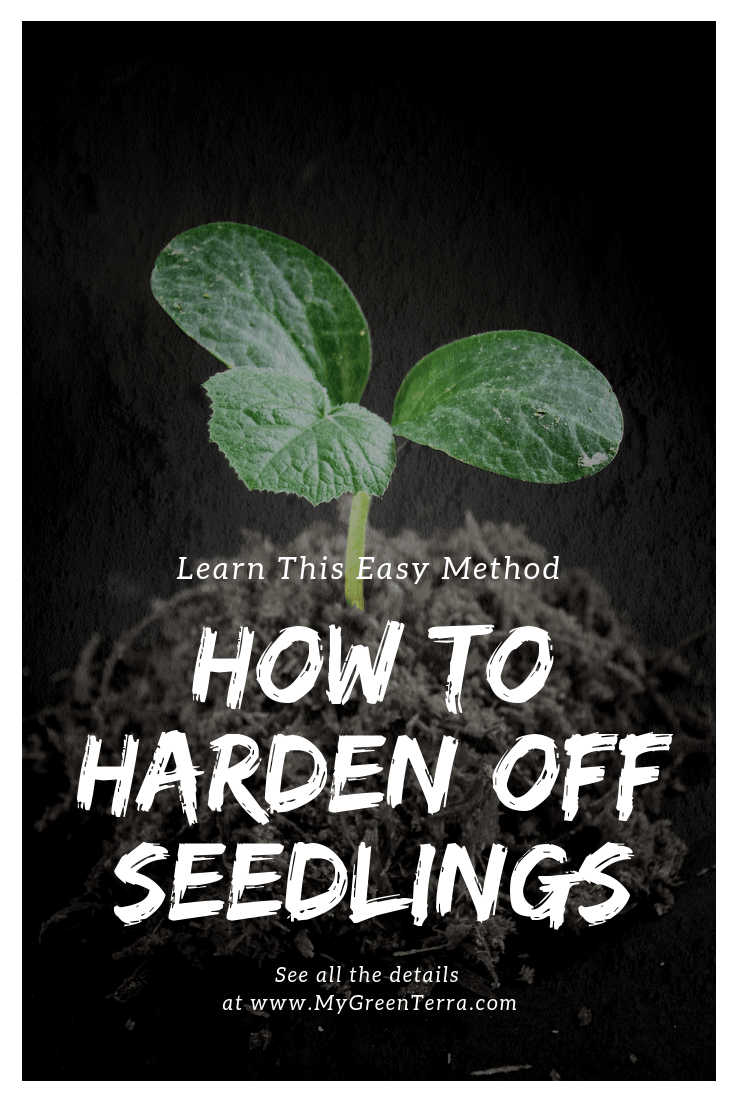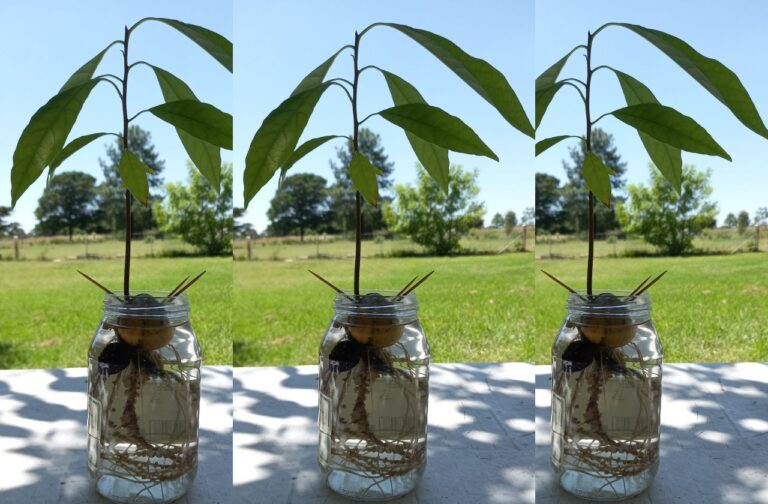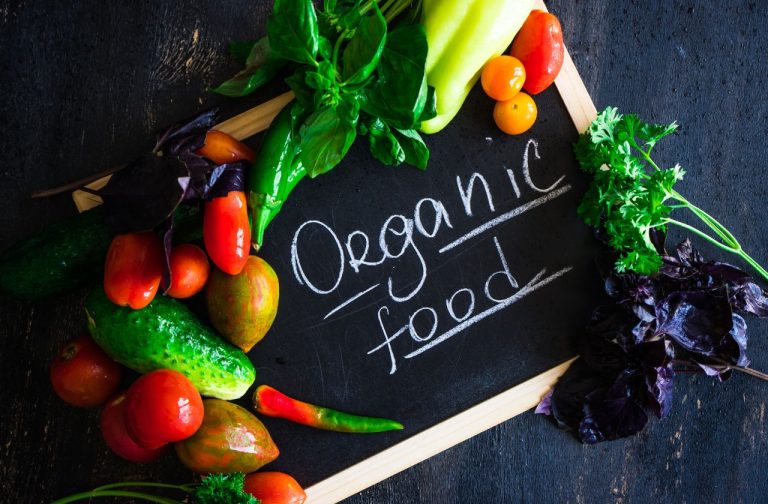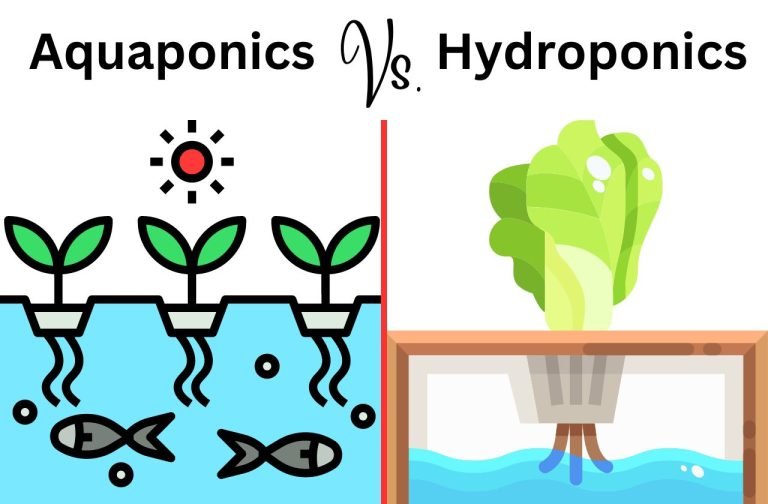How To Harden Off Seedlings
I get commissions for purchases made through links in this post. View our Affiliate Disclaimer.
Most vegetable gardeners who have been growing their own food have started seedlings indoors in late winter. This allows us to get a jump on summer and have seedlings that are ready to go into the ground by the time the last chance of frost is over.
This is a great method, but means that you will need to harden off your seedlings before planting them in the ground!
What Does It Mean To Harden Off Seedlings?
To harden off seedlings, is the process of conditioning your seedlings to a life outdoors. The process is to transition young seedlings from a sheltered environment to an outdoor environment, exposed to the elements.
Why Is It Necessary To Harden Off Seedlings?
Until now, your seedlings have had an easy, cosy life! They have been started in a sheltered environment where the conditions have been optimal for promoting growth.
While these conditions are great for promoting growth, they do not prepare the young plant for the harsh outdoors. In the outdoor environment, the young plant will be exposed to heat, wind, less water, less light and cold nights. This is significantly different from the relatively pampered lifestyle they are used to.
Seedlings need to be eased into this new growing environment to allow them to adjust to the harsher way of life. Failure to harden off the seedlings may result in the loss of a significant number of plants. This is because they do not have the capacity to adapt to the sudden change in environment.
This will produce stronger plants that will produce fruit sooner!
When To Start Hardening Off Seedlings
The first aspect you need to determine is the level of hardiness of the seedlings you want to harden off.
Brassicas (cauliflower, broccoli, cabbage, kale, turnips, etc), and onions are considered hardy and can take temperatures as low as the 10 degrees Celsius (40 F).
After they are well hardened off, these plants can manage light frosts.
Typically, summer crops are less hardy and prefer warmer nights of at least 15 degrees Celsius (60 F). These crops include melons and cucumbers, pumpkins, butternuts, tomatoes, etc.
These crops usually can’t tolerate any frost at all, even after hardening off.
The following recommended night time temperatures are recommended to harden off seedlings.
- Hardy Plants – 4.5° Celsius (40° F) – Broccoli, Brussels sprouts, kohlrabi, cabbage, onions, leeks, parsley
- Semi-Hardy – 7° Celsius (45° F) – Lettuce, Celery, Chinese cabbage
- Semi-Tender Plants – 10° Celsius (50° F) – Butternut, Pumpkin, Squash, Sweet corn
- Tender Plants – 15.5° Celsius (60° F) – Cucumber, Watermelon
- Very Tender Plants – 18° Celsius (65° F) – Bell Peppers, Basil, Tomatoes, Chilli peppers
Follow These Guidelines To Harden Off Seedlings
- Start the hardening off process about 7 to 10 days before planting outdoors.
- Start on a mildly warm day and place the plants in a fairly sheltered location in partial sun for about 2 to 3 hours. Bring the seedlings back inside after this time. Don’t expose the seedlings to strong sun, wind, heavy rain or cool temperatures just yet.
- Gradually increase the time each day that you leave them outside. Also increase the exposure to direct sun and wind.
- Gradually decrease the amount of watering as the outside exposure is increased, but don’t let them wilt.
- Avoid giving the seedlings any fertilizer during the hardening off period.
- Monitor the weather. On the fourth or fifth night, leave them out overnight if the temperature will be 10 Celsius or more (above 50 F). If nighttime temperatures are predicted to be below this, rather bring them indoors.
- Once the seedlings have been outside all day and all night for at least 3 or four days, they are ready for transplanting into the bed outdoors.
- After transplanting, give the seedlings a feeding of weak liquid fertilizer, from your worm farm for example, to get them growing well. It helps to prevent transplant shock too. Water them regularly for a few days after transplanting to help them settle in. Then revert to your normal watering regimen for that crop.
Your seedlings are now hardened off and should be ready and able to cope with their new environment and produce a healthy harvest!

Get more posts like this
Subscribe to our mailing list and get interesting homesteading and green living info and updates to your email inbox.
Thank you for subscribing.
Something went wrong.








